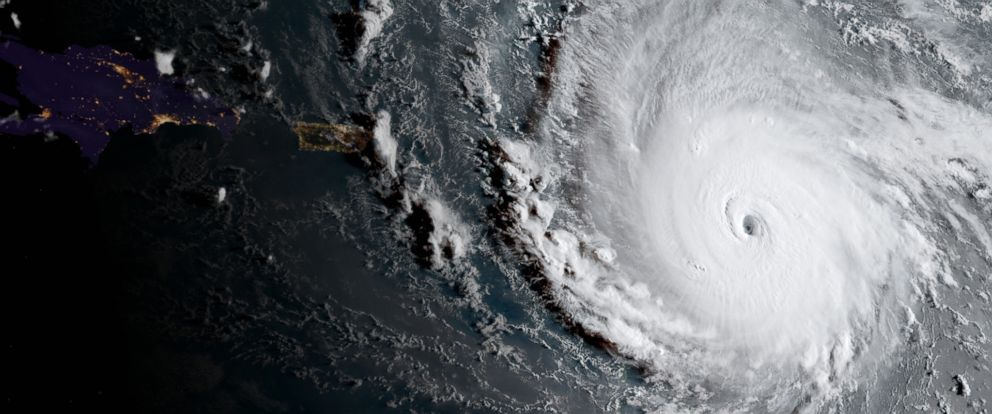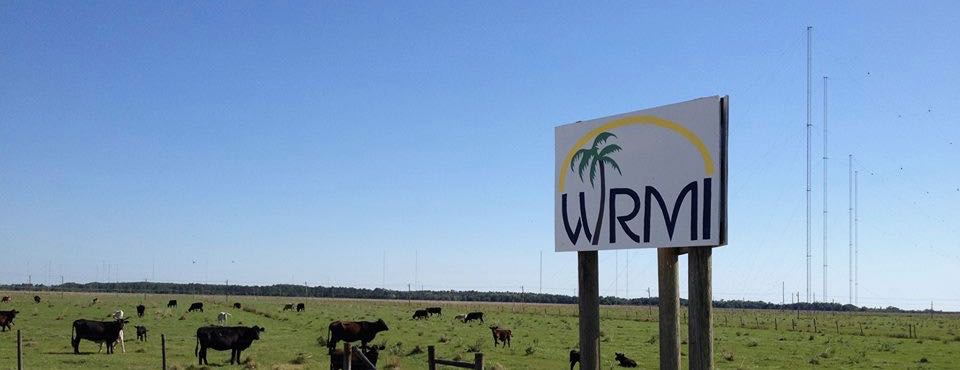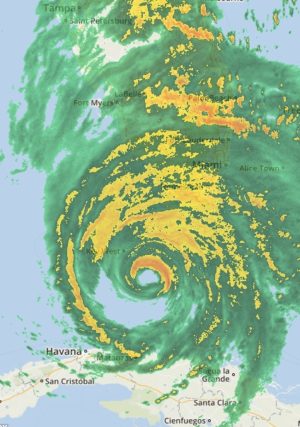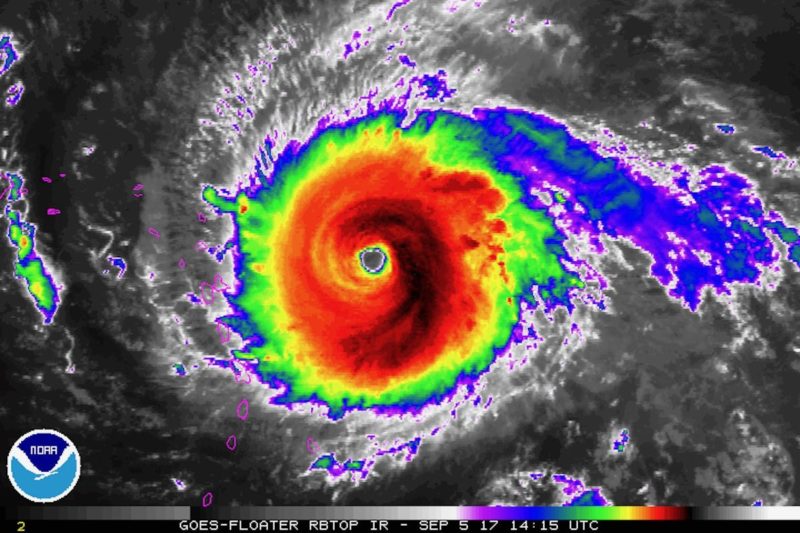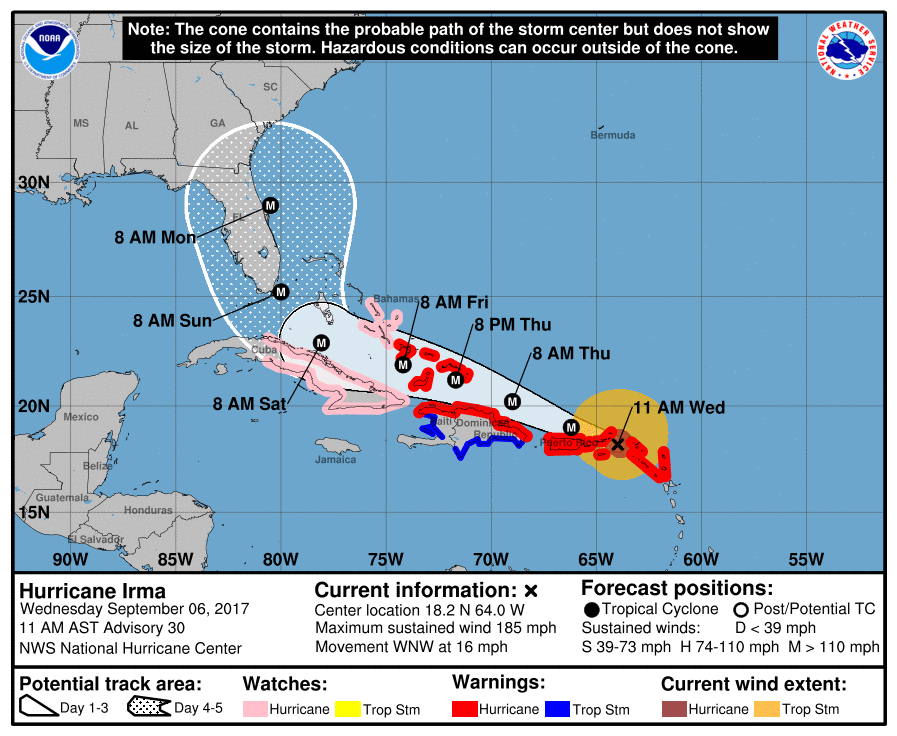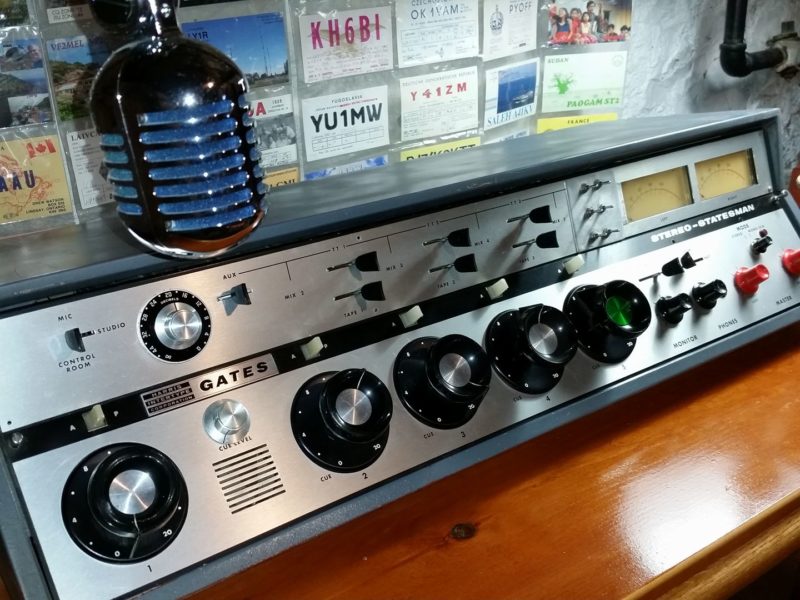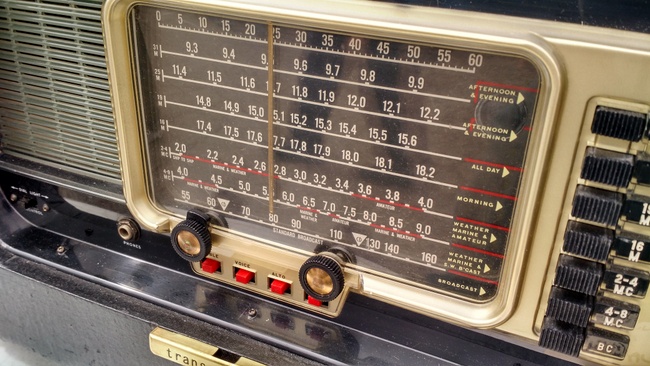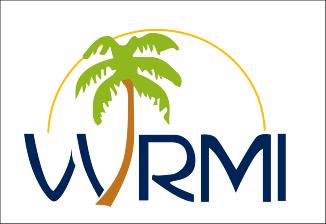(Source: Jeff White)
Dear WRMI Clients, Listeners and Friends:
Yesterday evening, Hurricane Irma passed very close to Okeechobee, and tropical storm force winds hit our transmitter site. I’m happy to say that the transmitter building and the transmitters themselves survived with no major problems. In the antenna field, one of our 44-degree antennas beaming up the East Coast of North America and over to Europe and the Middle East was knocked down, and may not be repairable. Fortunately, we have four other antennas beaming in the same direction, so we can continue those transmissions when the power comes back on. There are also about 20 telephone poles holding our transmission lines that are down or leaning, and they need to be repaired.
WRMI transmitter building with windows and doors boarded up in anticipation of the arrival of Hurricane Irma.
At this point, Florida Power & Light has no estimate of when power will be restored to our site. It could take days, or possibly even weeks. But we should have a better idea about this within the next few days. In the meantime, all transmitters are off the air, although our webstream with the 9955 kHz programming is operating. You can find it on our webpage, www.wrmi.net. There is an audio player in the lower right corner which you can click on to hear the programming. This stream is also carried by TuneIn, Streema, Radio Garden and other similar services. So please continue to upload your programs to our FTP servers as usual.
For WRMI clients, please be assured that we will put a credit on your next invoice for any of your programs that do not air on shortwave.
We do have a generator at our transmitter site which powers our control room, offices, lights and computers. Unfortunately it is not powerful enough to operate our fourteen 100,000-watt transmitters.
All of our staff are safe. Half of them were at the station during the storm (with some of their pets as well; we had two dogs, a bird and a turtle), and the others stayed in their own homes throughout the area.
I want to thank everyone who has called, e-mailed and sent messages with their prayers, best wishes and offers of assistance. We greatly appreciate all of them, and I will attempt to answer all of these messages personally in the coming days. The hurricane has dealt us a serious blow, but we will recover quickly and we’ll continue to broadcast your programs to shortwave listeners around the world. Thanks for your confidence in WRMI, and I will update you when we have more news.
Jeff White
General Manager
Jeff, we’re all wishing you the best as you work to put WRMI back on the air!

